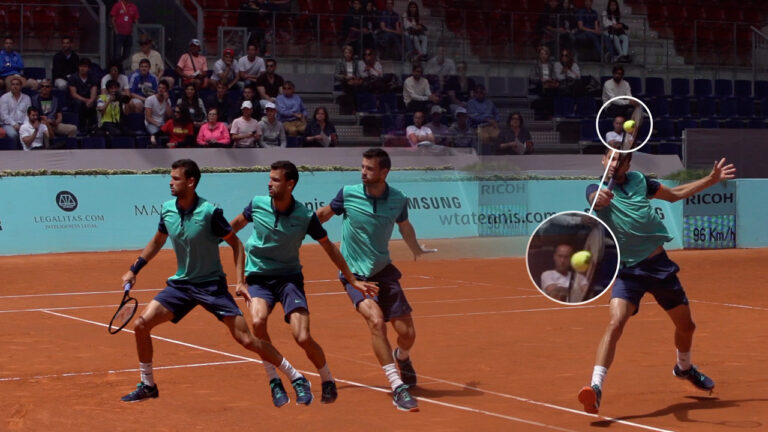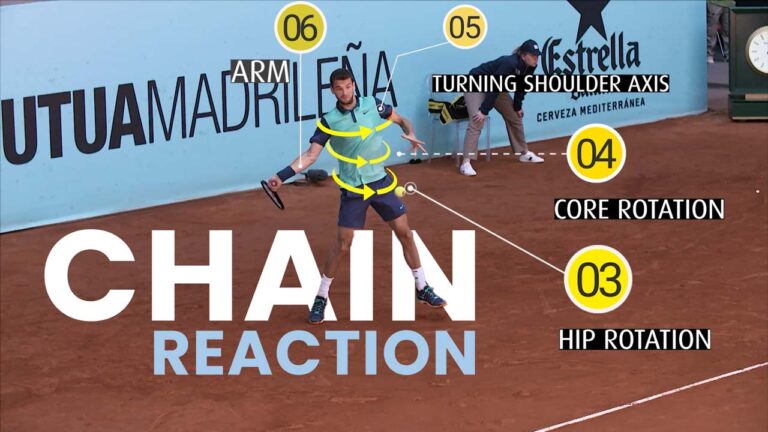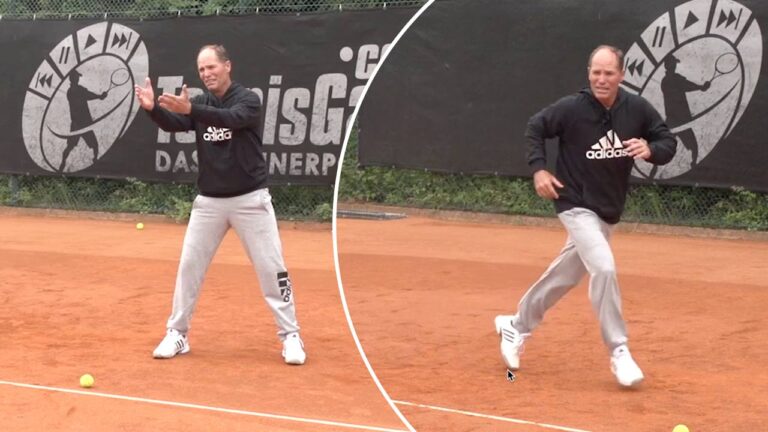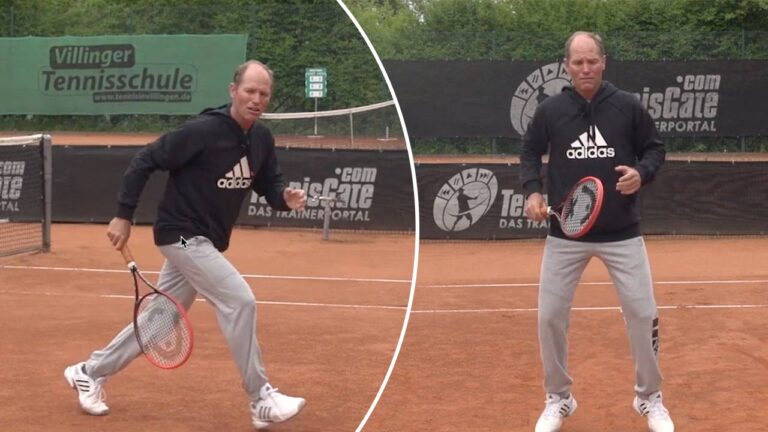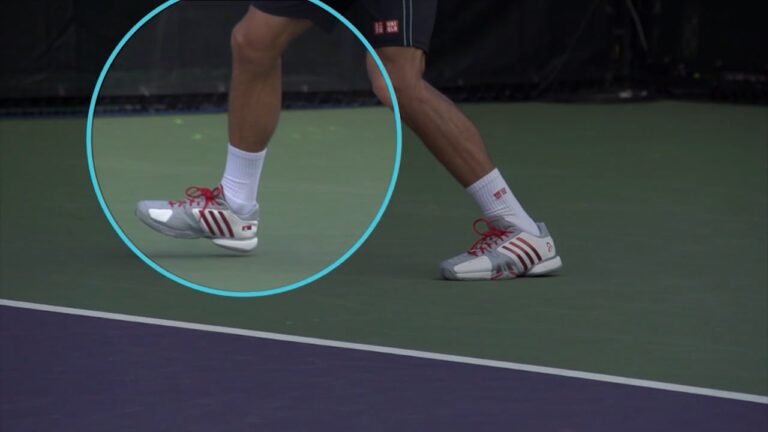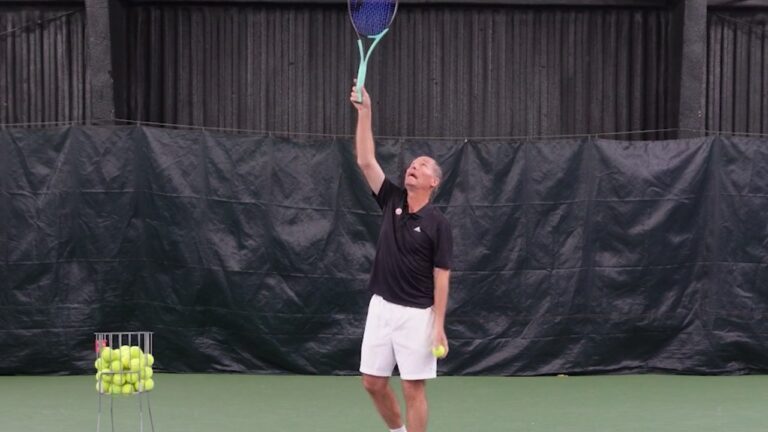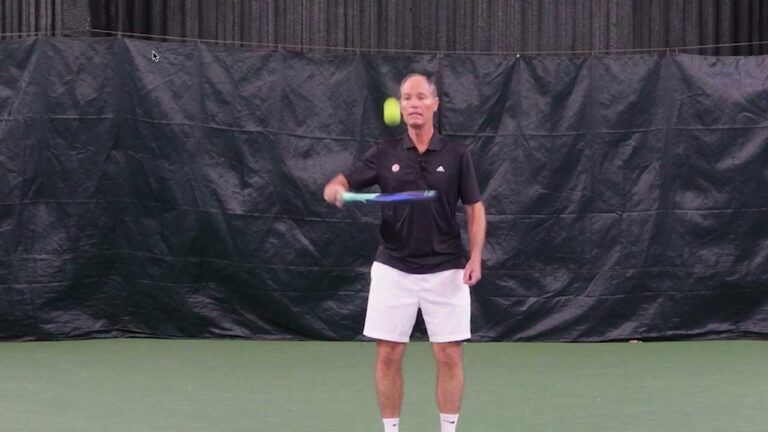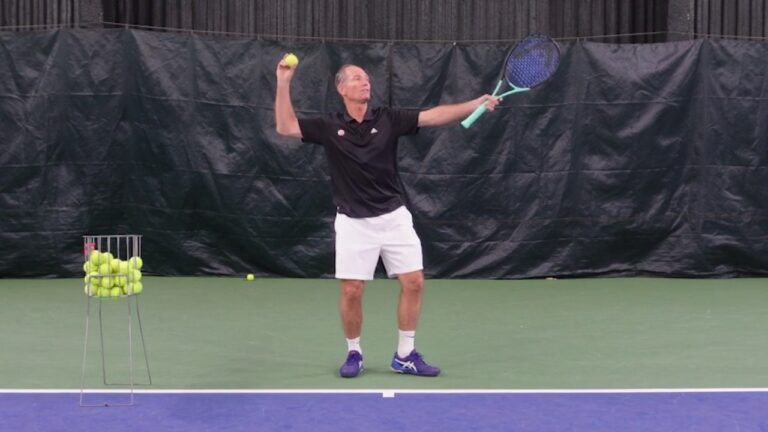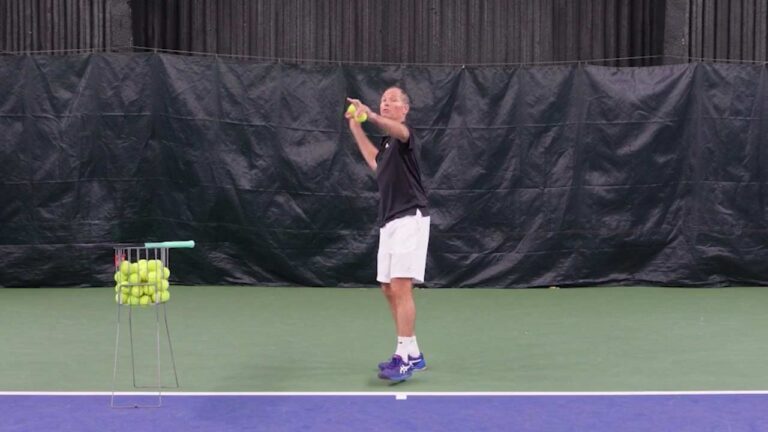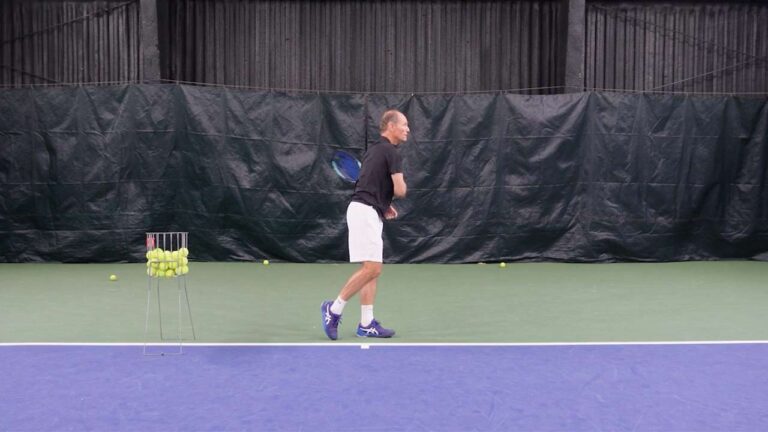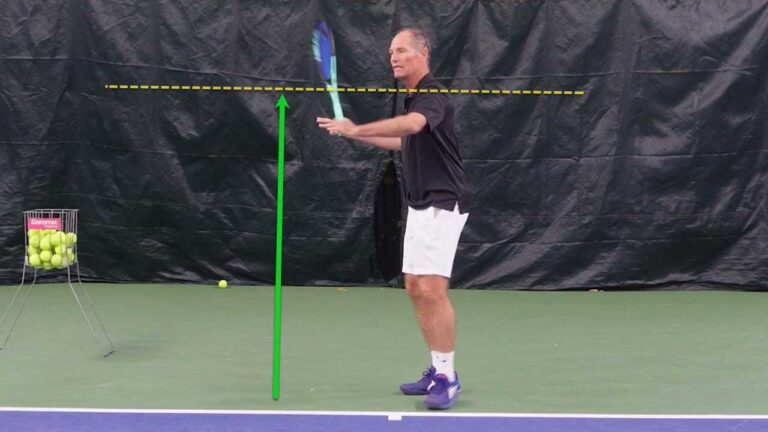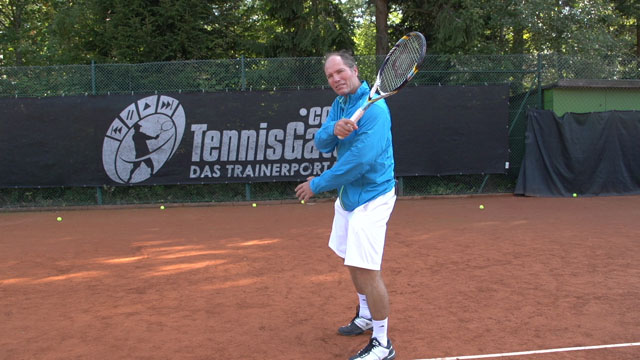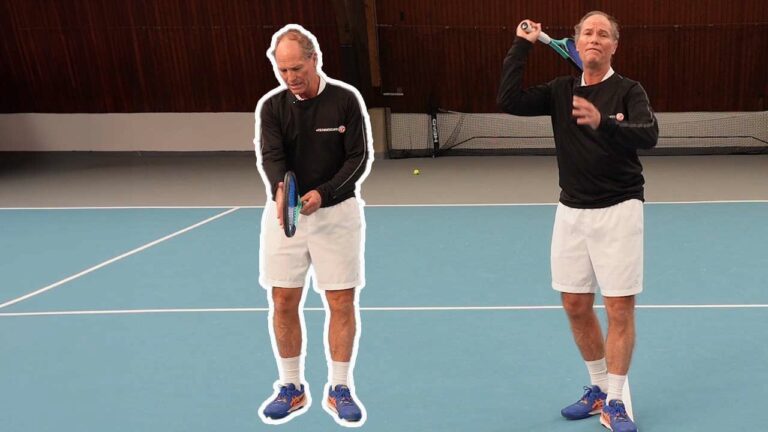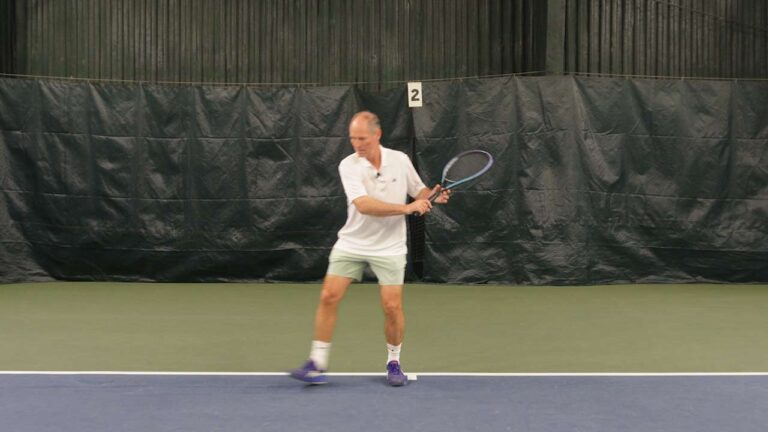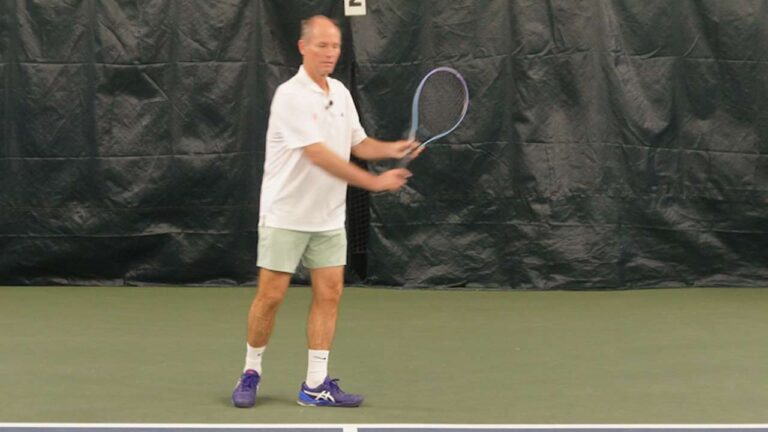More than 200 videos in this section
A solid technique is essential in tennis. This section will help you understand the most important technical aspects of each stroke.

In this section you will find simple but powerful advice that you can immediately apply to improve all aspects of the game.
Here some examples of advice to improve the serve, return and groundstrokes.


In the Technique section, we dissect each stroke and provide you with detailed advice about every important aspect of each stroke.
In this video you will find examples of footwork, volley, lob and overhead advice.

Why not try out the search and filter options below?
You can filter by playing level, analysis, experts’ tips, strokes, and key elements to quickly get your tips.
